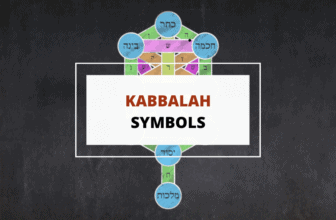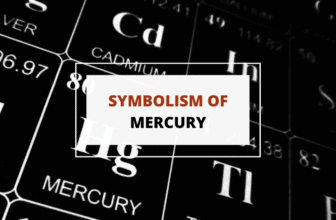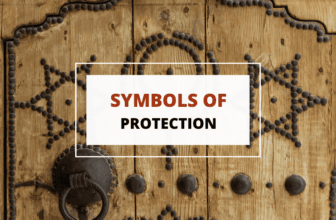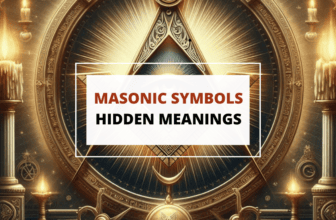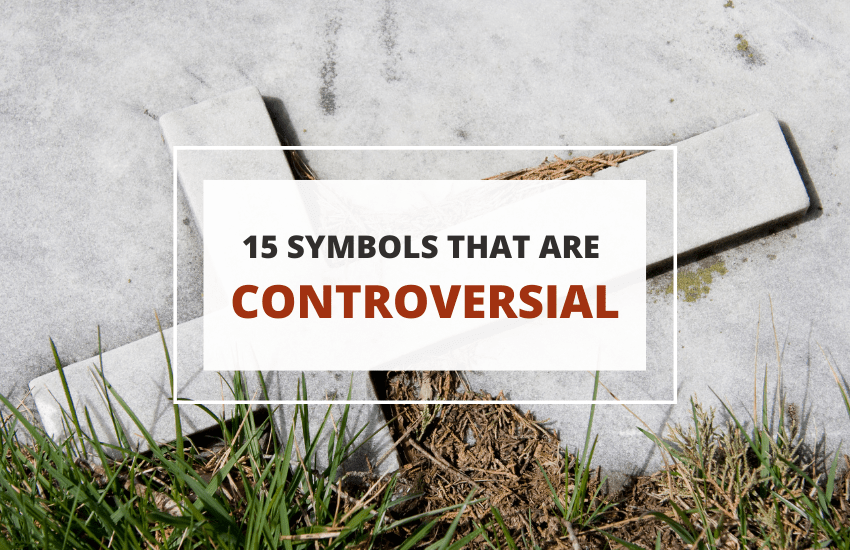
Table of Contents
Since ancient times, people have used symbols to explain abstract ideas and beliefs. Some of these symbols emerged from the world’s major religions, while others evolved from myths and legends.
However, these symbols often don’t hold the same meaning that they did in the past and many have become the subject of controversy due to their varying interpretations.
Let’s take a look at the most controversial symbols in the world and uncover the stories and meanings behind them.
1. Swastika
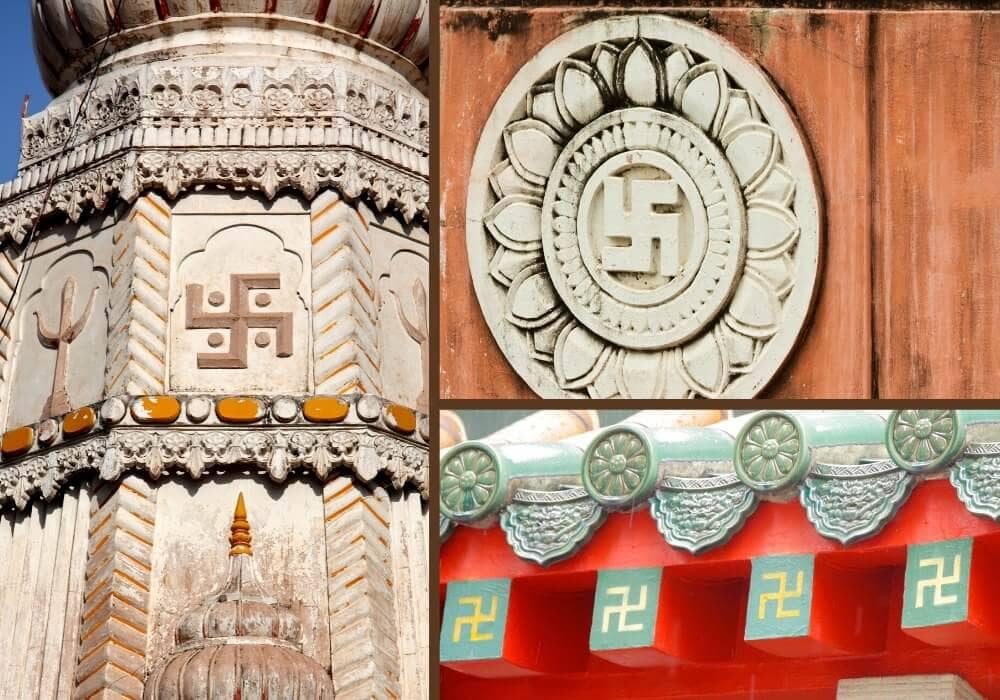
Few symbols produce the same reaction of fear and disgust as the swastika. Since its adoption by the Nazi party, the swastika has become associated with cruelty, hatred, and totalitarianism.
But in its original meaning, the swastika is a religious symbol representing concepts such as peace, creativity, prosperity, and good fortune. Its modern name derives from the Sanskrit svastika, which means conducive to well-being.
The swastika was used in the sculpture of Jain temples and is associated with Vishnu and Shiva in Indian mythology. It was introduced into Japan through Buddhism and is associated with several Japanese and Chinese deities.
In China, it served as a Taoist emblem symbolizing the divine power of Lao-tzu and other Taoist immortals.
The right-hand swastika, a swastika with arms pointing clockwise, was a solar emblem, indicating its course through the heavens, like the wheel of the sun god’s chariot.
On the other hand, the left-hand swastika, also called sauvastika, features arms facing the counterclockwise direction. It often symbolizes the moon, feminine principles, and magical practices.
2. Petrine Cross
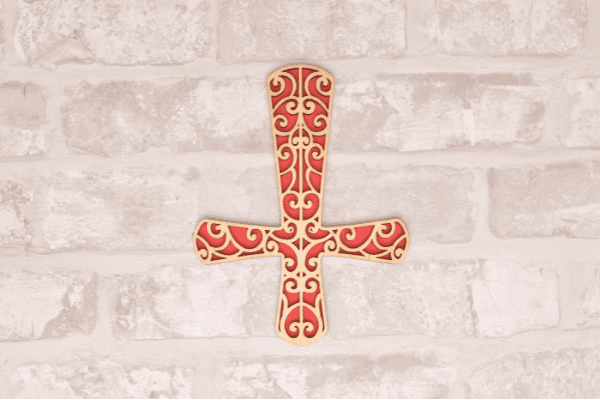
Also called St. Peter Cross, the Petrine cross is an upside-down Latin cross. According to the Roman church its alleged founder, Saint Peter, was crucified in Rome on an upside-down cross upon his own request.
However, many scholars view the crucifixion story as a myth because no one knows when or where the apostle Peter died.
In the Middle Ages, the upside-down cross became a symbol of unholiness due to the belief that witches turned the cross upside down to show contempt for it.
These witches also denied Christ, which medieval inquisitors considered a crime that required burning at the stake as punishment. In modern times, the upside-down cross is viewed as an anti-Christian symbol.
3. Tetragrammaton
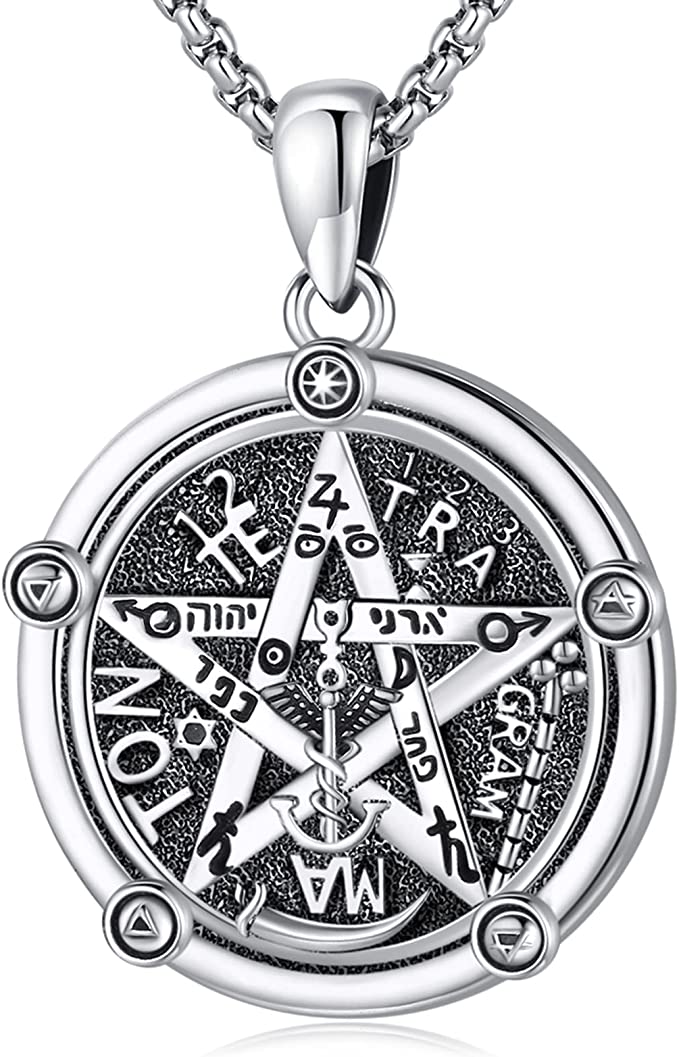
The Bible was originally written in Hebrew, and the divine name appears as four consonants, יהוה. When transliterated, it is the Tetragrammaton YHWH, which appears around 7,000 times in the Bible.
However, the exact pronunciation of the divine name in ancient Hebrew remains unknown because the language was written without vowels.
Today, many scholars use the spelling Yahweh, but it is often spelt Jehovah in the English language. This is a matter of contention among scholars and the tetragrammaton is considered somewhat controversial due to the lack of consensus about the symbol.
4. 666
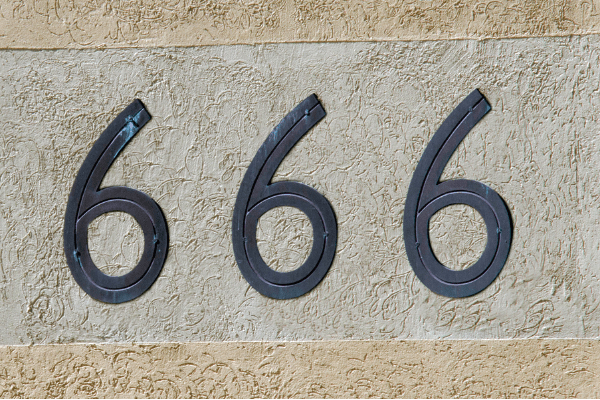
The number 666 represents the Christian devil in Western society. In the book of Revelations, 666 is the name of the wild beast, so it is regarded as a devilish number.
Those who worship the beast would receive its symbol. In the Bible, the number six implies imperfection, while the number seven generally suggests perfection or completeness.
In some interpretations, the wild beast symbolizes human political systems since nationalism has become a dominant form of religion in modern times.
However, in Chinese culture, 666 holds positive connotations. We’ve covered this aspect in our article on this number. Check it out here.
5. Hexagram
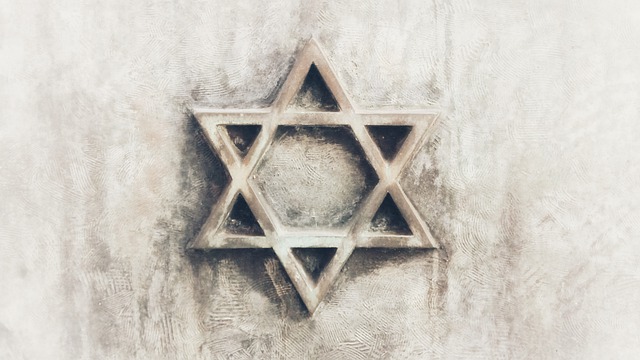
Widely accepted as the emblem of Judaism, the hexagram is officially called the Star of David or the Seal of Solomon. However, it was not originally a Jewish symbol.
Prior to this, the symbol was used in ancient times as a decorative motif. In India, it is a symbol of the union between Shiva, the upward-pointing triangle, and Kali, the downward-pointing triangle. Their union was believed to maintain life in the universe.
These different meanings of the hexagram have made it a controversial symbol.
6. Witch’s Knot
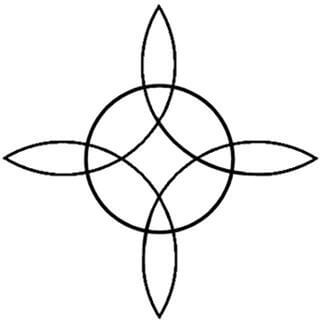
Also known as the magic knot, the witch’s knot is thought to be a symbol of protection against malevolent witchcraft. It features a circle at the center and four interlaced vesicas.
In medieval times, many believed that witches could control winds and influence the weather by making knots with their hair, cords, or threads. Hence, the theory behind its use is like fighting fire with fire.
7. Pentagram
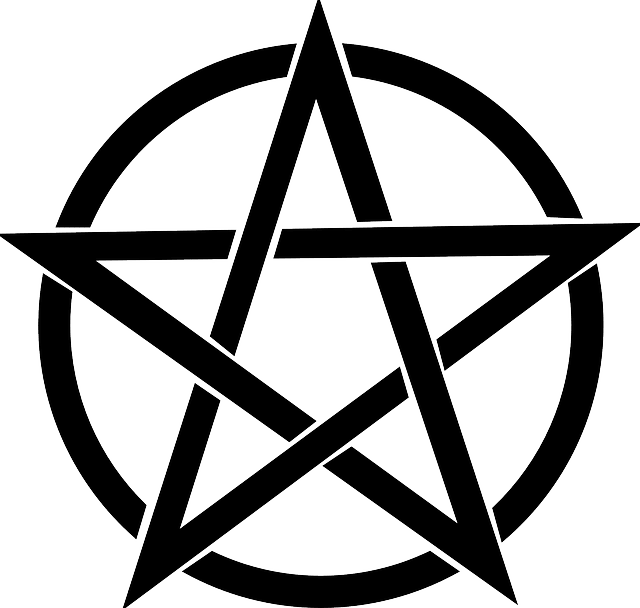
Strongly associated with magic and paganism, the pentagram is a five-pointed star. When depicted in a circle, it is called a pentacle.
In ancient times, it likely represented the king’s authority, as early depictions of the pentagram featured in Sumerian royal inscriptions.
The Pythagoreans also associated it with health, deriving from Hygeia the Greek goddess of health.
In 1553, the pentagram became associated with the five elements when a German polymath used the symbol in his textbook on magic.
When upright, it represents the harmony of the spirit and the four elements. When upside-down, it is regarded as a symbol of evil. By turning it upside down, the spirit at the bottom point also represents overturning the proper order of things.
8. Ankh
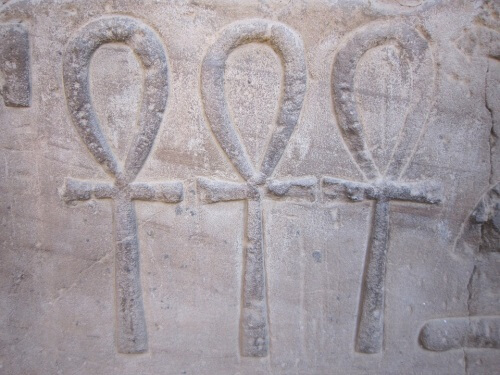
The Egyptian symbol of life, the ankh is depicted in Egyptian art held by many Egyptian deities, such as the lion-headed goddess Sekhmet and the sun god Atum.
When held to the nose of a dead pharaoh, it ensured his everlasting existence. Some believe that it served as a key to preventing death or unlocking reincarnation.
Ankh talismans and amulets were also worn and carried to the grave.
Eventually, the Coptic church of Egypt adopted the ankh as a form of the Christian cross, merging the concept of crucifixion and life.
It is commonly seen on the roof of Coptic churches, though sometimes more elaborate variations are used. Today, the ankh remains popular in the West as a good luck charm.
9. Caduceus
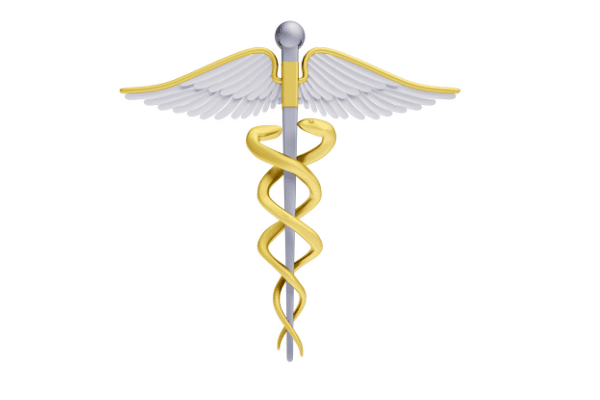
A universal emblem of the medical profession, the caduceus symbol features a rod with two snakes and two wings. In mythology, it is the symbol of the Greek god Hermes, identified with the Roman Mercury.
However, both gods have nothing to do with medicine. Hermes is a messenger of gods as well as of merchants and thieves.
The caduceus’ association with medicine is likely derived from its similarity to the Rod of Asclepius, the Greek god of medicine.
Still, many argue that Hermes, as a psychopomp, used his wand to raise the dead from Hades, associating the caduceus with healing.
In ancient Mesopotamia, the symbol of two intertwined snakes represented the healing god Ningishzida in Mesopotamian religion.
10. Devil’s Horns

The devil’s horns hand gesture, or mano cornuto, resembles the head of a horned animal. In ancient times, it served as an appeal to the Horned God or the devil, who was considered more influential in the earthly realm than the Almighty God.
Eventually, the devil’s horns became a sign that wards off evil, contrary to its original purpose of appealing to the devil.
It also gained popularity in heavy-metal concerts as audiences used it to show appreciation.
11. Trident

Often called the devil’s pitchfork, the trident is an attribute of the Christian devil.
However, the three-pronged weapon was usually identified with gods of different cultures, such as Chaldean deities and the Hindu god Shiva.
In the West, it became the attribute of sea gods like Poseidon and Neptune in Greco-Roman mythology, symbolizing their power to raise storms at sea.
12. Labyrinth

Unlike a maze, which has many winding paths, entrances and exits, a labyrinth has one path leading to the central chamber.
It is frequently associated with the hero’s ordeal, rooted in the myth of how the Greek hero Theseus slew the Minotaur.
Today, walking the labyrinth is a meditative ritual, but in the past, the tradition of walking the labyrinth was associated with a death-rebirth ritual.
Often carved on gravesites and Stone Age monuments, the labyrinth likely represented the soul’s journey into the underworld and its return toward rebirth.
Some Christians also adopted the pagan tradition, using the labyrinth to symbolize a pilgrimage to the Holy Land and back again.
13. Scales
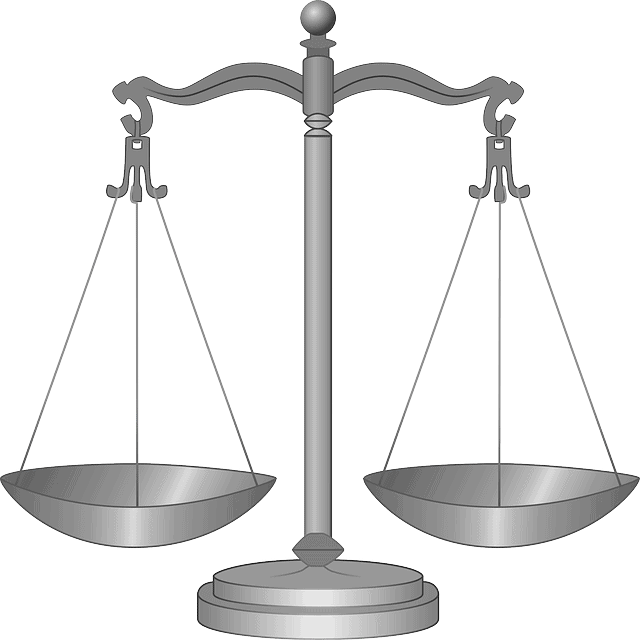
In modern times, the scales represent balanced judgment, justice, and fairness. However, its symbolism dates back to ancient Egypt.
According to Egyptian mythology, when a person died, their heart was weighed in the Hall of Judgment on a pair of scales against the feather of truth. If the heart was lighter than the feather, the soul would be allowed to enter the afterlife.
The Hindu god of the dead, Yama, also judged the dead. Yama presides over scales to judge a person’s good deeds, symbolized by white pebbles, weighed against his sins, the black pebbles.
Eventually, the scales became associated with the Greek goddess Themis and the Roman Justitia, gaining its connection to justice and law.
14. Eye of Providence
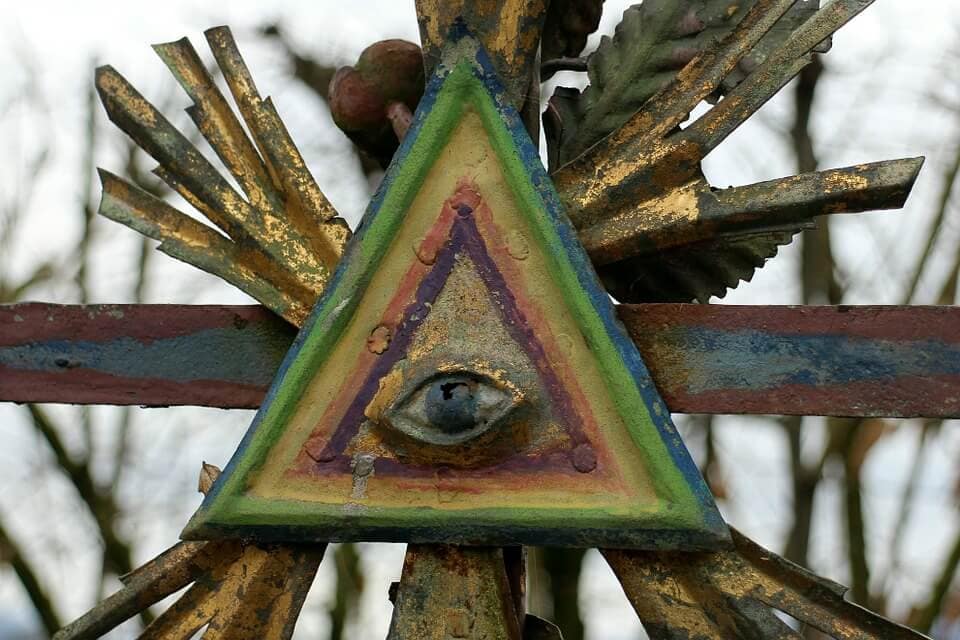
Also known as the all-seeing eye, the Eye of Providence is embroiled in a variety of conspiracies. It’s a prominent Freemasonry symbol but is also depicted on the reverse side of the Great Seal of the United States as well as on the U.S. dollar bill.
However, the origin of the eye of providence goes far back, predating both the United States and Freemasonry. It has been an enduring symbol across cultures, traditions, and religions for centuries.
The origins of the eye of providence can be traced back to ancient Egypt where eye symbology was popular – and it may have associations with symbols such as the Eye of Horus, Eye of Ra, and the Evil Eye charm.
15. Rx Symbol
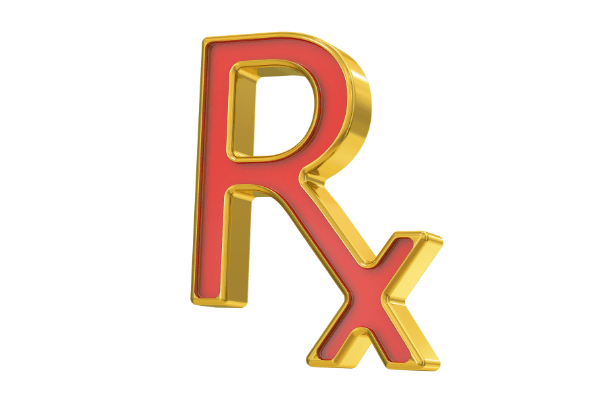
Commonly seen on a doctor’s prescription, the Rx derives from the Latin word recipe, which means take.
However, some theories claim that the symbol evolved from a Latin shorthand invocation of Jupiter as king of kings.
Since he was believed to cure all illnesses, the symbol served as a healing charm as well.
In the past, it was believed that the prescriptive symbol should be written on paper and swallowed by a patient.
Wrapping Up
Many ancient symbols have been adopted by different cultures, changing their meanings over time.
Some symbols are still used with their original meanings, but those with contradicting interpretations remain a subject of controversy.
It only reminds us that symbolism evolves, and what a symbol means today may not be what it means in the future.
Similar Articles:
13 Powerful Death Symbols and What They Mean
Top 10 Symbols of Evil and What They Mean
Top 14 Occult Symbols (and Their Surprising Meaning)




